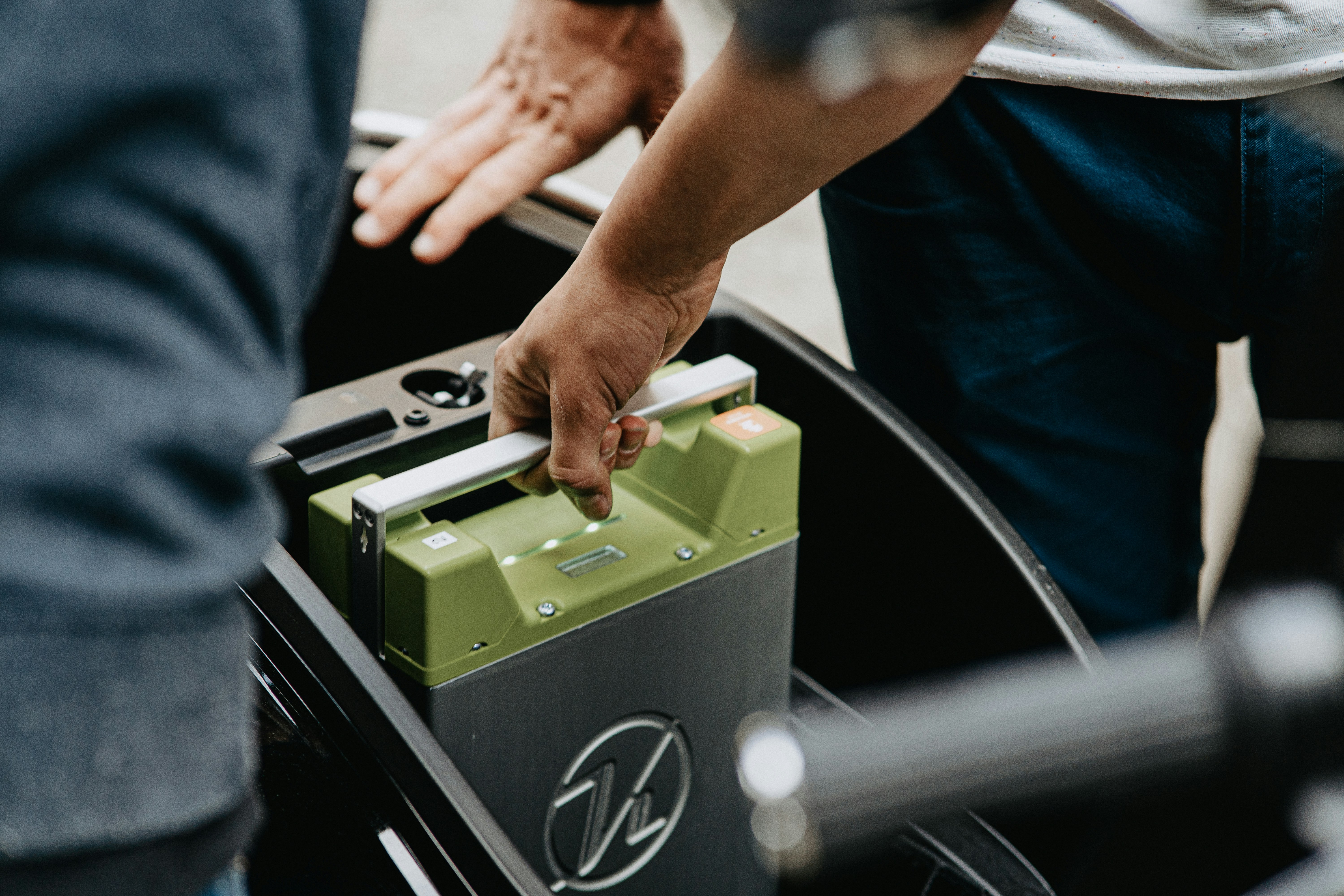Media release
From:
Carbon emissions from the lithium-ion battery supply chain could be cut by up to around 35% using a circular economy strategy that encompasses global cooperation, according to a paper published in Nature. The study analyses the carbon emissions of each step of the battery supply chain to identify points that could potentially cut emissions.
Lithium-ion batteries are a promising avenue in the shift towards more renewable energy and are used in various applications, such as electric vehicles. However, the production and disposal of lithium-ion batteries can create a carbon footprint that offsets their gains as a sustainable alternative. The supply chain for lithium-ion batteries is a complex web of production and trade across countries, and characterizing this web is crucial to find ways to reduce carbon emissions.
Yufeng Wu and colleagues modelled carbon emissions from the lithium-ion battery supply chain and found that the largest share of emissions came from mining minerals, which was responsible for 38.52% of the total emissions from producing the battery. The authors find a ‘value–emission paradox’ in which the portions of the supply chain that generate lesser amounts of revenue seem to produce higher amounts of carbon emissions. For example, mining the minerals for the battery’s production is responsible for 38.52% of emissions in the process, while only producing 18.78% of the total value of the battery. Meanwhile, producing cathodes for the batteries created 42.56% of the economic value of the battery while producing 34.82% of the total emissions in the process. However, recycling the metals through a circular economy, which must involve global cooperation but region-specific regulations and policies, could reduce emissions from lithium-ion battery production by an average of 35.87% globally. Regional reductions could include 39.14% in the USA, 37.28% in the European Union and 42.35% in China.
The authors note that this framework could lead to inequity, as some countries will financially benefit more from recycling lithium-ion batteries than others. As such, this circular economy must be built on top of robust agreements between nations.



 Australia; New Zealand; International
Australia; New Zealand; International



